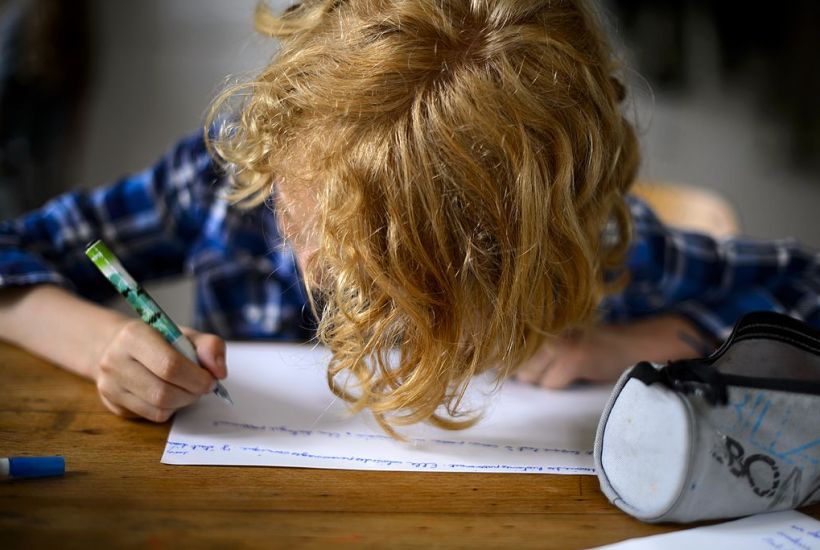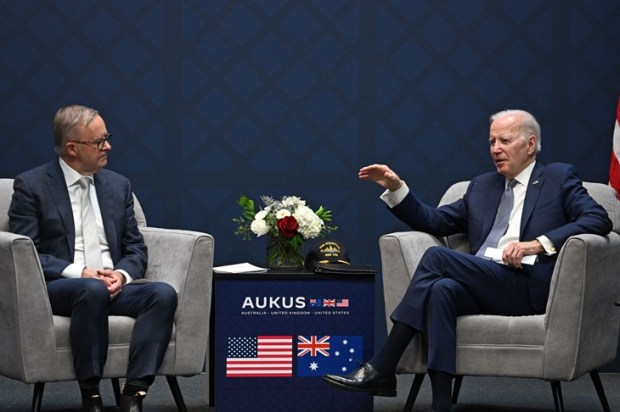Once upon a time, schools were for teaching things like reading, and writing, and arithmetic.
Today, schools teach reading, writing, arithmetic, social justice and sexuality education, and have natty programs about “anti-bullying” which are just as effective as the de-radicalisation programs for budding terrorists here and overseas.
There are various sites and groups devoted to shining a light on these programs, but they are usually covered in the media as a bunch of hysterics or bigots.
Already a subscriber? Log in
Subscribe for just $2 a week
Try a month of The Spectator Australia absolutely free and without commitment. Not only that but – if you choose to continue – you’ll pay just $2 a week for your first year.
- Unlimited access to spectator.com.au and app
- The weekly edition on the Spectator Australia app
- Spectator podcasts and newsletters
- Full access to spectator.co.uk


























Comments
Don't miss out
Join the conversation with other Spectator Australia readers. Subscribe to leave a comment.
SUBSCRIBEAlready a subscriber? Log in